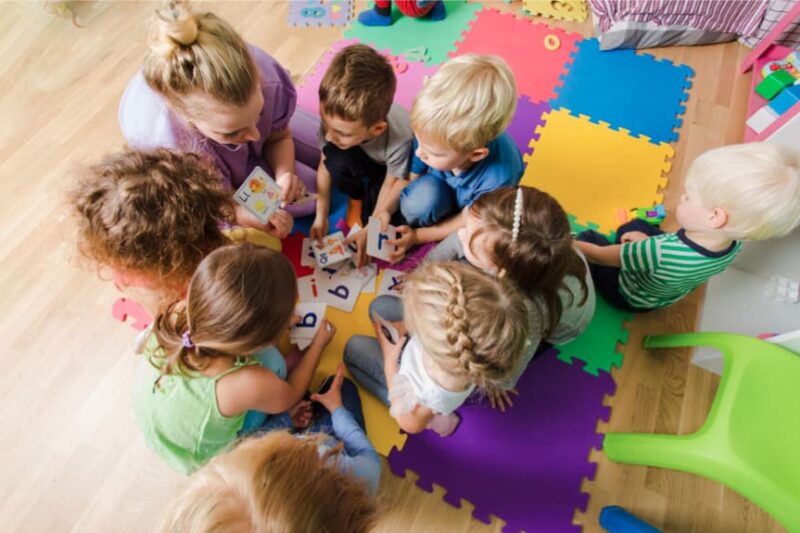Create a Relaxing Classroom Environment that Enhances Routine Management
Educate their Musical Ear with an Evolving and Structured Curriculum Through our App and Develop Musical Listening Skills During the Speech Learning Period (Ages 0-6)
Relaxation and Well-Being for Your Classroom and Teaching Staff

Enhance language development and learning by training their musical ear as they learn to speak
Create a soothing classroom atmosphere with sound, unlocking every child’s musical intelligence with over 2,000 progressive, calming exercises in Adapted Musical Language and Music Theory for daily listening.
Structured Free Listenings: This approach seeks to balance the child’s autonomy with the necessary support to develop essential musical competencies, adapting to their individual interests and needs. In summary, structured free listening and play in the ETFES method focuses on learning through play and sound experience, where freedom and structure coexist to maximize child development.
For Nursery Schools, Preschools and Kindergartens
They learn musical language just as they learn to speak: from birth and by listening daily to our curriculum of over 2,000 exercises
Starting with the contrast between 2 notes (2 syllables: ma-ma, pa-pa) and ending with melodic creation (a complete sentence, with subject and predicate). More than 2,000 progressive exercises adapted for daily listening that will educate their musical ear. Parents and educators will teach through relaxation, bonding, and affection.

Why Memima is essential for your preschool?
Daily Musical Ear Training in Every Preschool or Early Childhood Classroom
As simple as pressing play on a listening exercise session in our app
Transform everyday moments—like transitions, mealtime routines, pre-nap relaxation, free play, and creative activities—into calming cognitive routines with just a tap of the play button.

Language Area
Musical cognition and language cognition go hand in hand. The auditory internalization of the thousands of rhythmic and melodic patterns of our auditory ear training exercise sessions will stimulate the language areas of brain and cerebellum, thus improving language and vocabulary skills. The language area (Broca’s Area and Wernicke’s Area) performs the function of language processing, learning and word production. The child’s auditory function is the main pathway for language learning!.
Improve every child’s Language Development now!
You’ll Foster Their Creativity on the Piano!
We always prioritize creative development because mastering the sounds of the 2,000+ auditory internalization exercises leads to more effective interactions with instruments and voice. The more curriculum minutes spent on these exercises, the better these spontaneous musical interactions will become. They will truly speak the language of music.
Improve their Problem Solving Skills now!
Socio-Emotional
You will teach musical language through relaxation and well-being while living and sharing a wonderful experience, working also on the socio-emotional areas of the developing brain, affective stimulations are more effective and generate a greater number of neurotransmitters!
In the ETFES© Method, nothing makes sense for learning without your role as an educator. A relaxed and sensitive environment evokes wonder and facilitates learning!
Working Memory
Working memory is about connecting the attention of the current moment with the accumulated information in order to solve the demands of the moment your baby is facing. The working memory depends on the cognitive fluidity and is also a function of the prefrontal areas (adaptation to the environment and behavior depend on them). Cognitive fluidity is the basis of the creativity and, therefore, of the adaptive and survival capacity of our species. It is produced thanks to the appearance of language: point of maximum incidence of the ETFES© Method.









